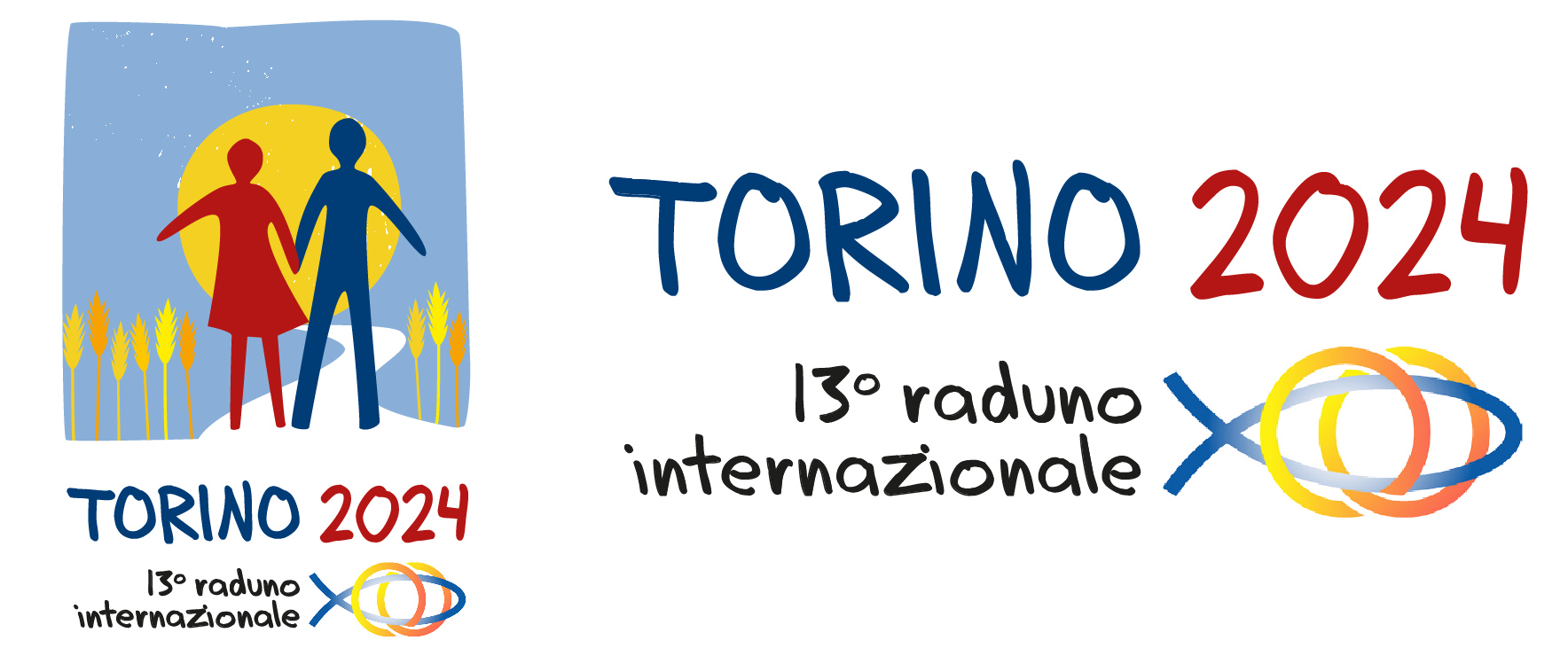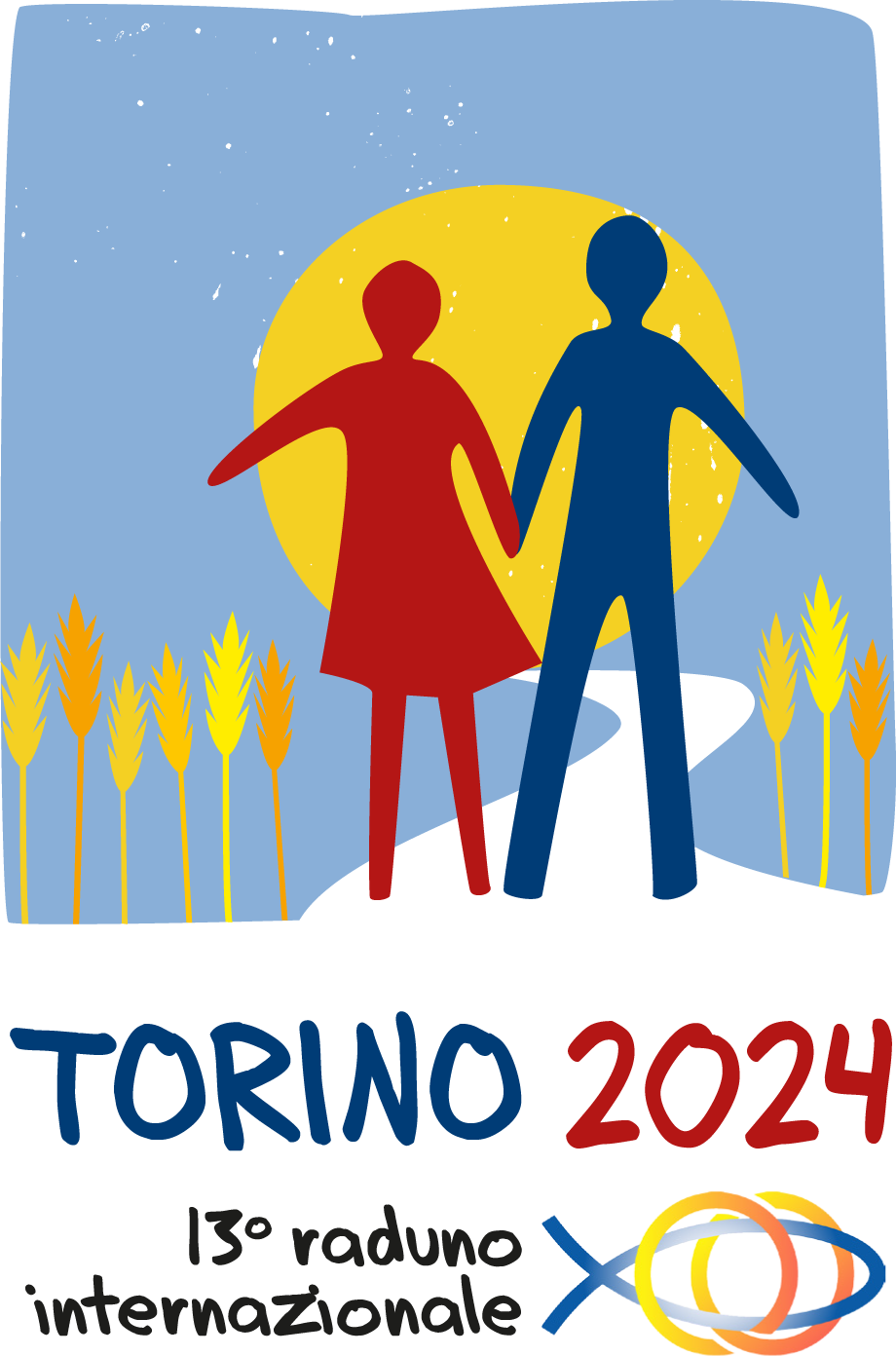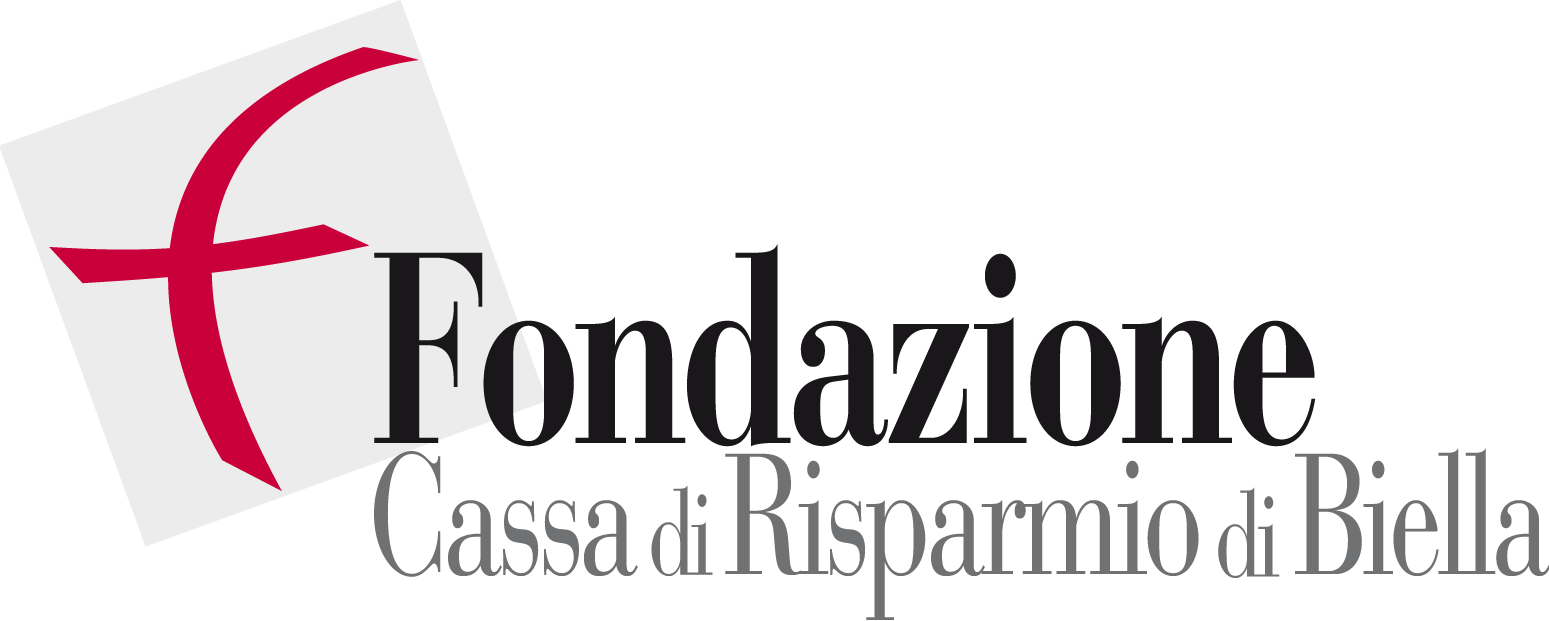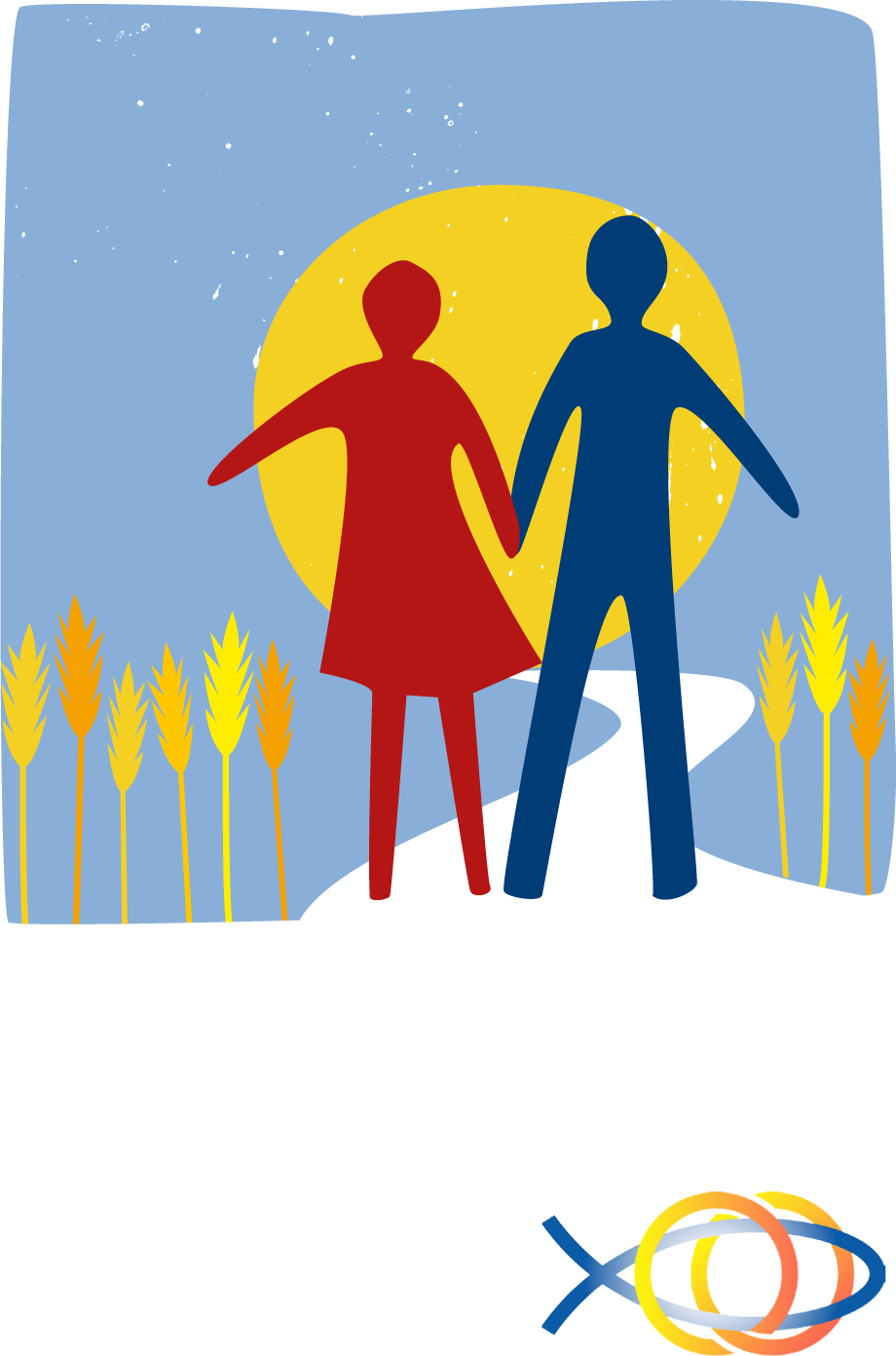Turin
Turin, the capital of Piedmont, is renowned for its refined architecture and served as the capital of Italy from 1861 to 1864. It is graced by the majestic Alps, while the Po River divides it, granting access to Italy’s largest plain.
The city’s picturesque tree-lined boulevards and splendid squares, such as Piazza Castello, Piazza San Carlo, and Piazza Vittorio Veneto, are adorned with magnificent examples of Baroque buildings and old cafés. Dominating the skyline is the tall spire of the Mole Antonelliana, a 19th-century structure that now houses interactive exhibitions at the National Museum of Cinema. Elegant and austere, Turin boasts a unique artistic and cultural heritage. The remnants of elegant aristocratic residences from the past, awe-inspiring Baroque palaces, and a wealth of museums and monuments continue to define the city’s character, blending seamlessly with its modern elements. This captivating blend of old and new makes Turin an intriguing destination.
Between history and architecture
The city is abundant with remnants of its past, weaving a narrative that dates back over two thousand years. Under the rule of Emperor Augustus in 28 BC, it was named Augusta Taurinorum. As a Roman colony, it was laid out with a distinctive grid pattern of parallel and perpendicular streets, which would continue to shape its urban landscape in the following centuries.
Turin witnessed various transitions, from being under the dominion of the Franks and Lombards to becoming an Episcopal seat and eventually a city municipality. In 1280, the Savoy dynasty conquered Turin, marking a significant turning point in its history. Under their rule, starting in the 16th century, the city underwent a remarkable transformation with the contributions of renowned architects of the time. Figures such as Ascanio Vitozzi, Amedeo and Carlo di Castellamonte, Guarino Guarini, and Filippo Juvarra brought their creative genius to Turin, establishing it as a prominent center of the Baroque era.
The city acquired a distinct style, charm, and elegance that would endure for centuries. As an economic hub, Turin became a center for production, trade, and innovation. The birth of the first manufacturing industries occurred here, and the art of chocolate-making, which became a source of pride in Turin’s tradition, flourished.
The city’s University, founded in 1404, attracted intellectuals from all corners of Europe. Renowned figures like the Renaissance humanist Erasmus of Rotterdam and the philosopher Friedrich Nietzsche wandered the beloved arcades of Via Po in the late 19th century.
With the ascension of Victor Emmanuel II and Camillo Benso Count of Cavour to the throne, Turin played a pivotal role in national history. It spearheaded the process that led to the Unification of Italy. In 1861, Turin became the first capital of the Kingdom of Italy, with the first Parliament being housed in Palazzo Carignano.
Fiat
In the years following the Unification of Italy, Turin witnessed the progressive shaping of its industrial identity. This evolution reached its pinnacle in 1899 with the establishment of Fiat – Fabbrica Italiana Automobili Torino (Italian Automobile Factory of Turin). Under the leadership of Avvocato Gianni Agnelli, Fiat gained significant recognition and achieved international prominence, a status it maintained from 1966 onwards.
A city rich in culture
Turin is a vibrant hub of cultural activity. It has been the nurturing ground for notable figures in various fields. The city has hosted influential intellectuals such as Luigi Einaudi, Antonio Gramsci, and Piero Gobetti, who have made their mark in academia. At the Liceo Classico d’Azeglio, under the guidance of Professor Augusto Monti, a generation of students emerged, destined to shape intellectual discourse from the 1930s to the present day. This group included renowned figures such as writers Cesare Pavese and Primo Levi, musicologist Massimo Mila, and philosopher Norberto Bobbio. Among them was Giulio Einaudi, founder of the esteemed publishing house that bears his name, which became a prominent symbol of Italian anti-fascist culture.
Turin has played a significant role in the birth and development of Italian cinema. It was here that important film institutions emerged, and in 1914, “Cabiria” became the first feature film to achieve worldwide distribution. The city also holds a place in the history of Italian radio and television, as it was in Turin that Eiar, the precursor to RAI (Radiotelevisione italiana), established its first headquarters.
Turin today
The year 2006 marked a significant turning point in Turin’s history. The city was selected as the host for the 20th Winter Olympics, an event that set in motion a new trajectory. It brought about transformative changes, such as the introduction of an underground transportation system, breathing new life into the city center with the emergence of bars and cafés. The streets, squares, and museums became vibrant attractions, drawing numerous visitors, including those from abroad. Turin, once defined by the rhythms of a declining industrial production, underwent a metamorphosis and began to redefine itself as a post-industrial city in search of a fresh identity. Embracing its newfound tourist vocation, the city focused on enhancing its cultural offerings, with events like the renowned Salone del Libro (Book Fair) gaining prominence. Additionally, Turin’s prestigious Polytechnic Institute, recognized internationally as a center of excellence, spurred technological research, becoming a driving force for innovation. These developments have paved the way for Turin’s journey toward the future, with a growing emphasis on tourism, cultural enrichment, and technological advancements. The city is poised to shape its destiny along these lines, leveraging its rich heritage and embracing a dynamic vision for what lies ahead.










